Hai Chu
STAS: Adaptive Selecting Spatio-Temporal Deep Features for Improving Bias Correction on Precipitation
Apr 13, 2020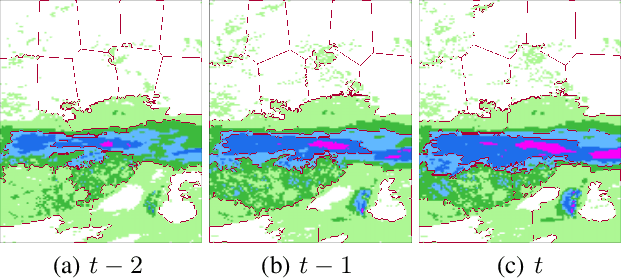
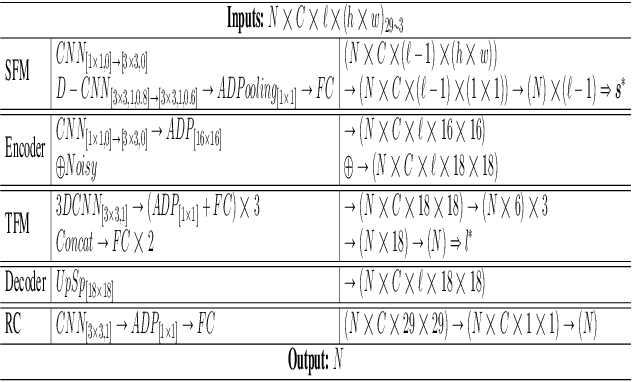
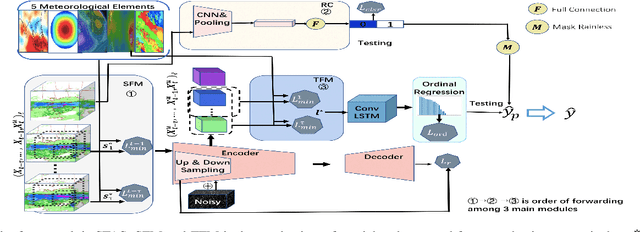
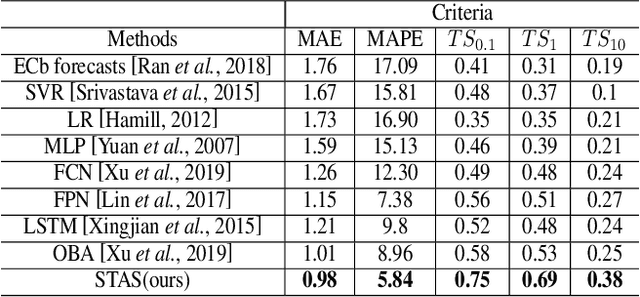
Abstract:Numerical Weather Prediction (NWP) can reduce human suffering by predicting disastrous precipitation in time. A commonly-used NWP in the world is the European Centre for medium-range weather forecasts (EC). However, it is necessary to correct EC forecast through Bias Correcting on Precipitation (BCoP) since we still have not fully understood the mechanism of precipitation, making EC often have some biases. The existing BCoPs suffers from limited prior data and the fixed Spatio-Temporal (ST) scale. We thus propose an end-to-end deep-learning BCoP model named Spatio-Temporal feature Auto-Selective (STAS) model to select optimal ST regularity from EC via the ST Feature-selective Mechanisms (SFM/TFM). Given different input features, these two mechanisms can automatically adjust the spatial and temporal scales for correcting. Experiments on an EC public dataset indicate that compared with 8 published BCoP methods, STAS shows state-of-the-art performance on several criteria of BCoP, named threat scores (TS). Further, ablation studies justify that the SFM/TFM indeed work well in boosting the performance of BCoP, especially on the heavy precipitation.
Towards a Precipitation Bias Corrector against Noise and Maldistribution
Oct 15, 2019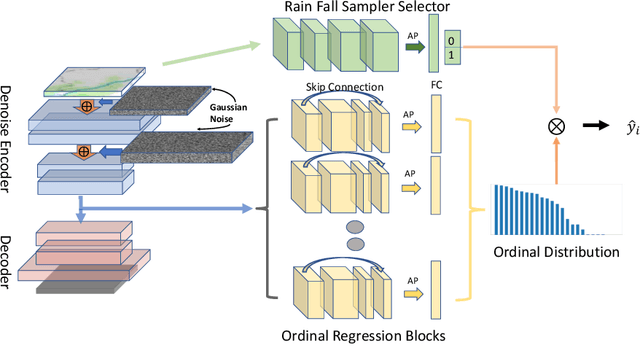
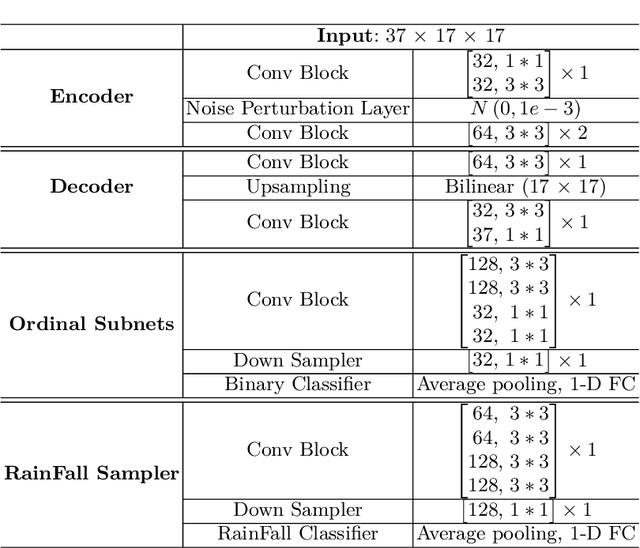
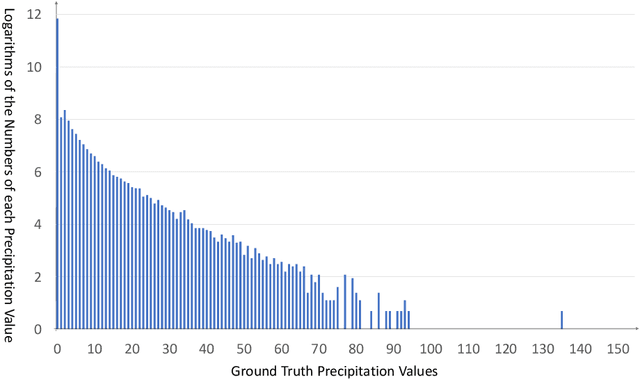

Abstract:With broad applications in various public services like aviation management and urban disaster warning, numerical precipitation prediction plays a crucial role in weather forecast. However, constrained by the limitation of observation and conventional meteorological models, the numerical precipitation predictions are often highly biased. To correct this bias, classical correction methods heavily depend on profound experts who have knowledge in aerodynamics, thermodynamics and meteorology. As precipitation can be influenced by countless factors, however, the performances of these expert-driven methods can drop drastically when some un-modeled factors change. To address this issue, this paper presents a data-driven deep learning model which mainly includes two blocks, i.e. a Denoising Autoencoder Block and an Ordinal Regression Block. To the best of our knowledge, it is the first expert-free models for bias correction. The proposed model can effectively correct the numerical precipitation prediction based on 37 basic meteorological data from European Centre for Medium-Range Weather Forecasts (ECMWF). Experiments indicate that compared with several classical machine learning algorithms and deep learning models, our method achieves the best correcting performance and meteorological index, namely the threat scores (TS), obtaining satisfactory visualization effect.
 Add to Chrome
Add to Chrome Add to Firefox
Add to Firefox Add to Edge
Add to Edge